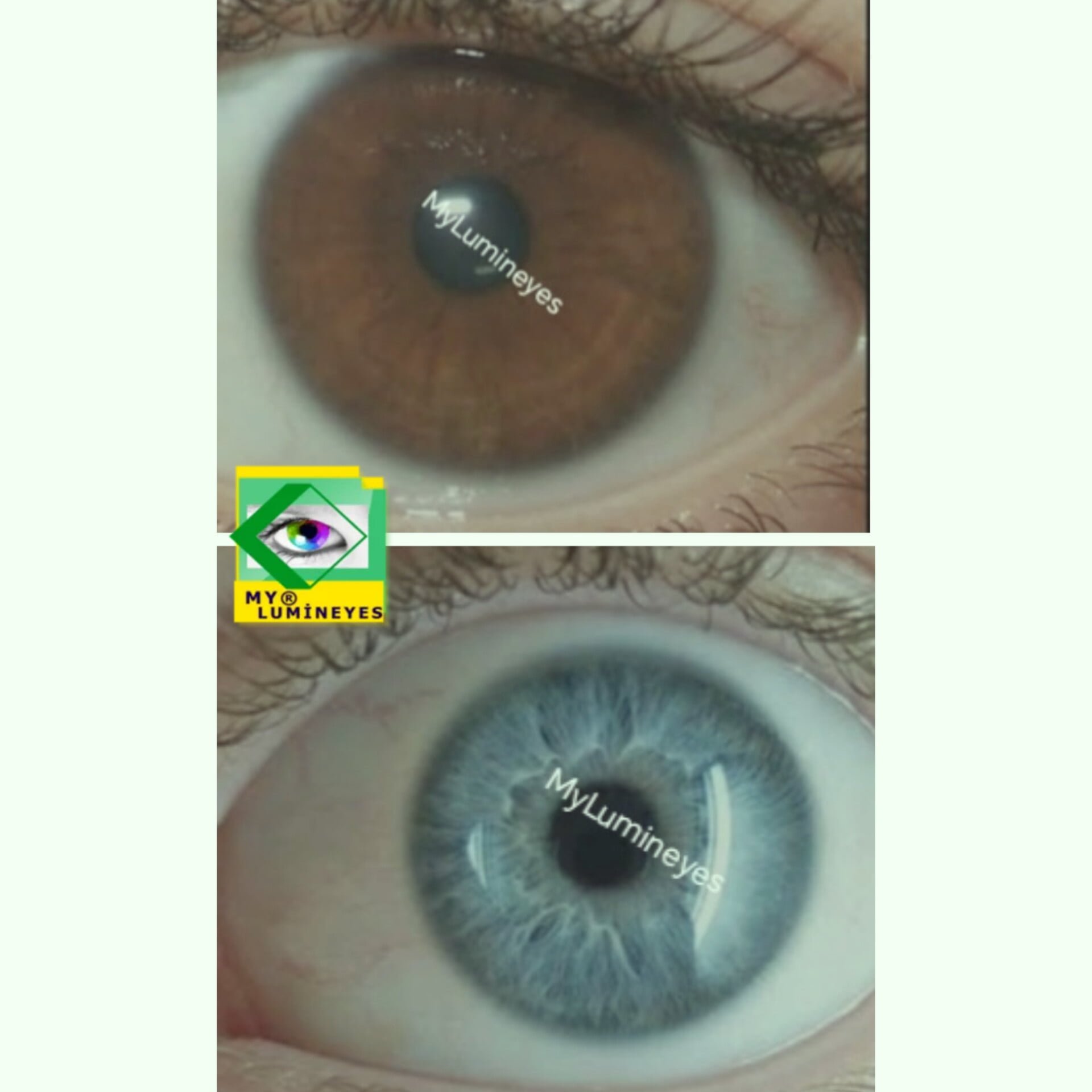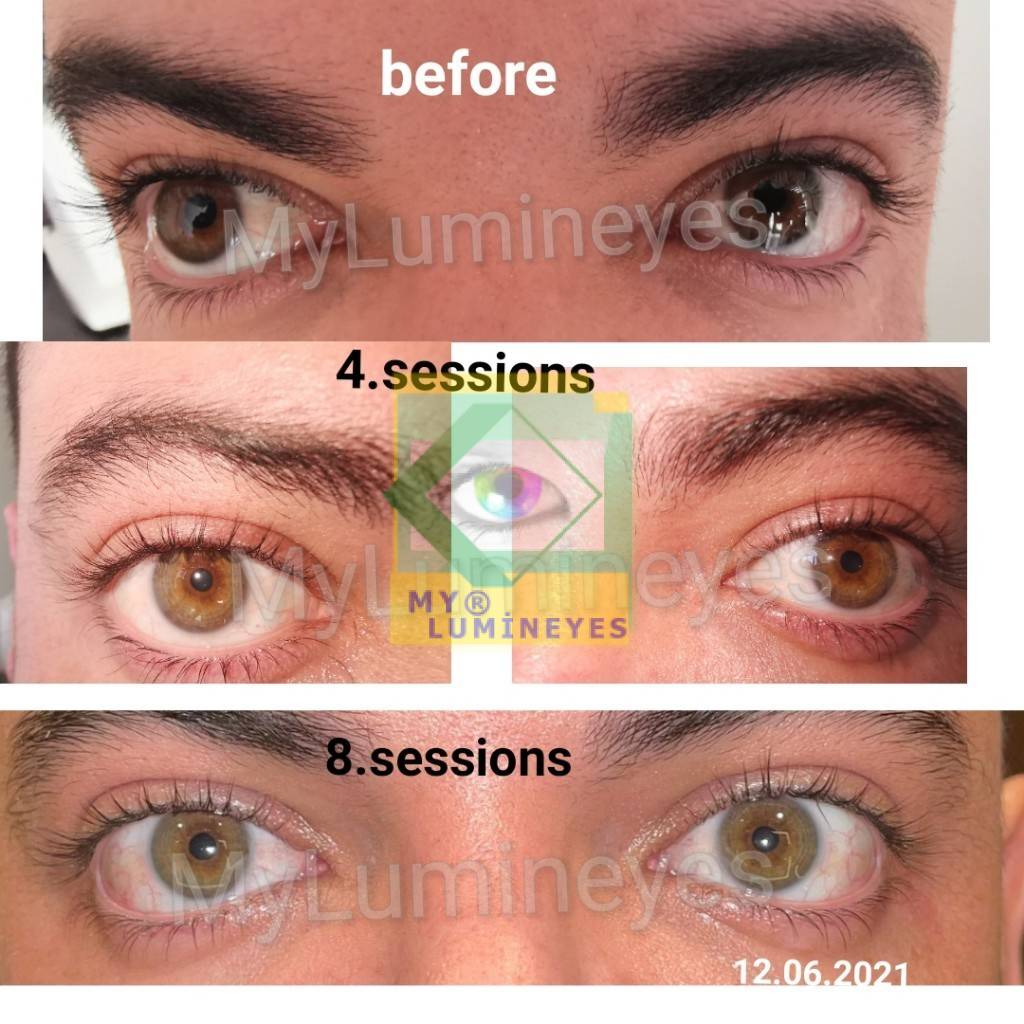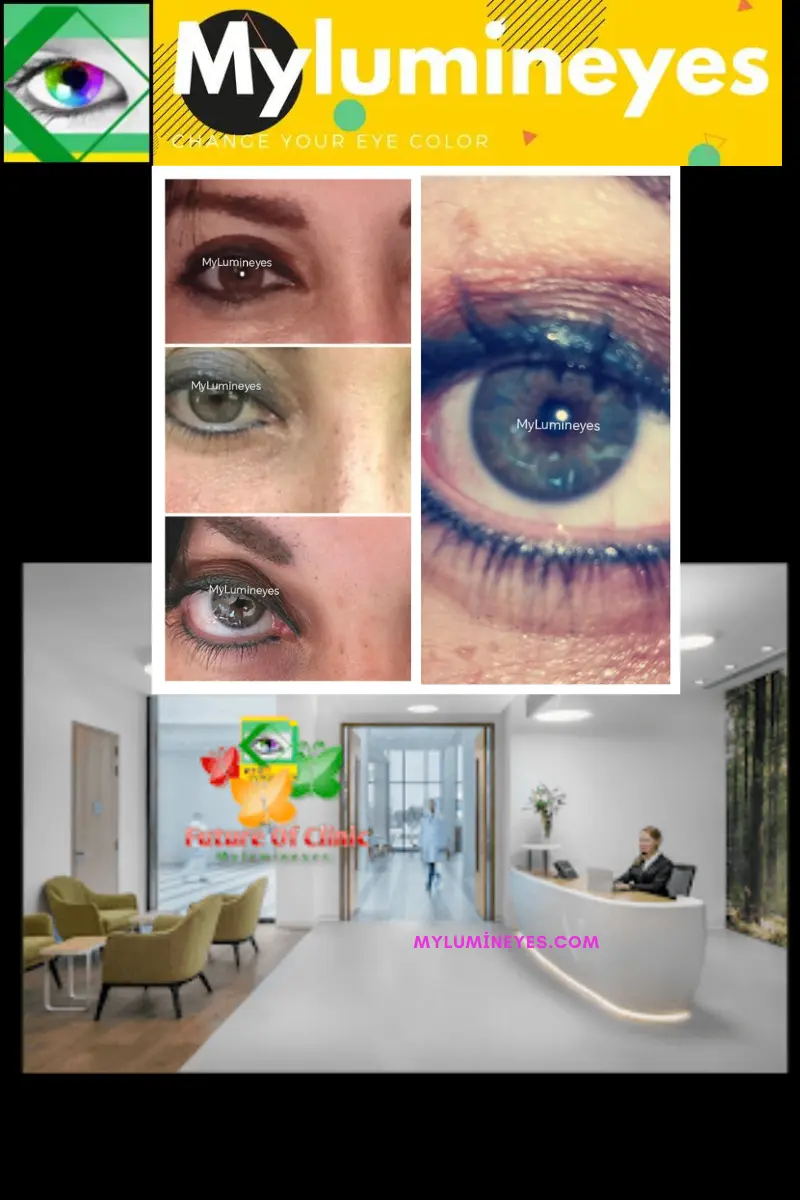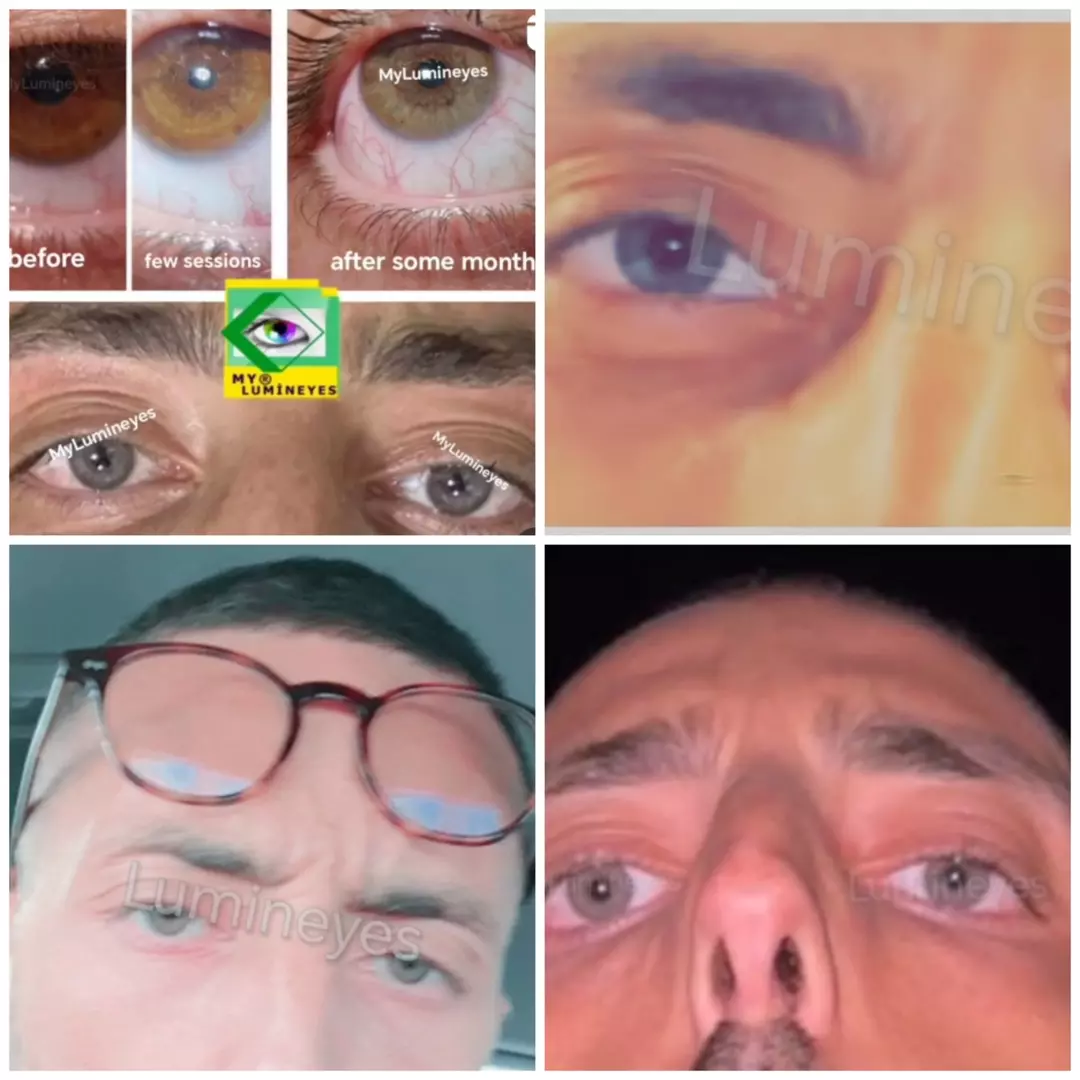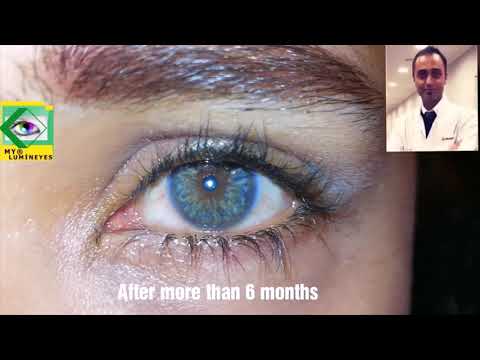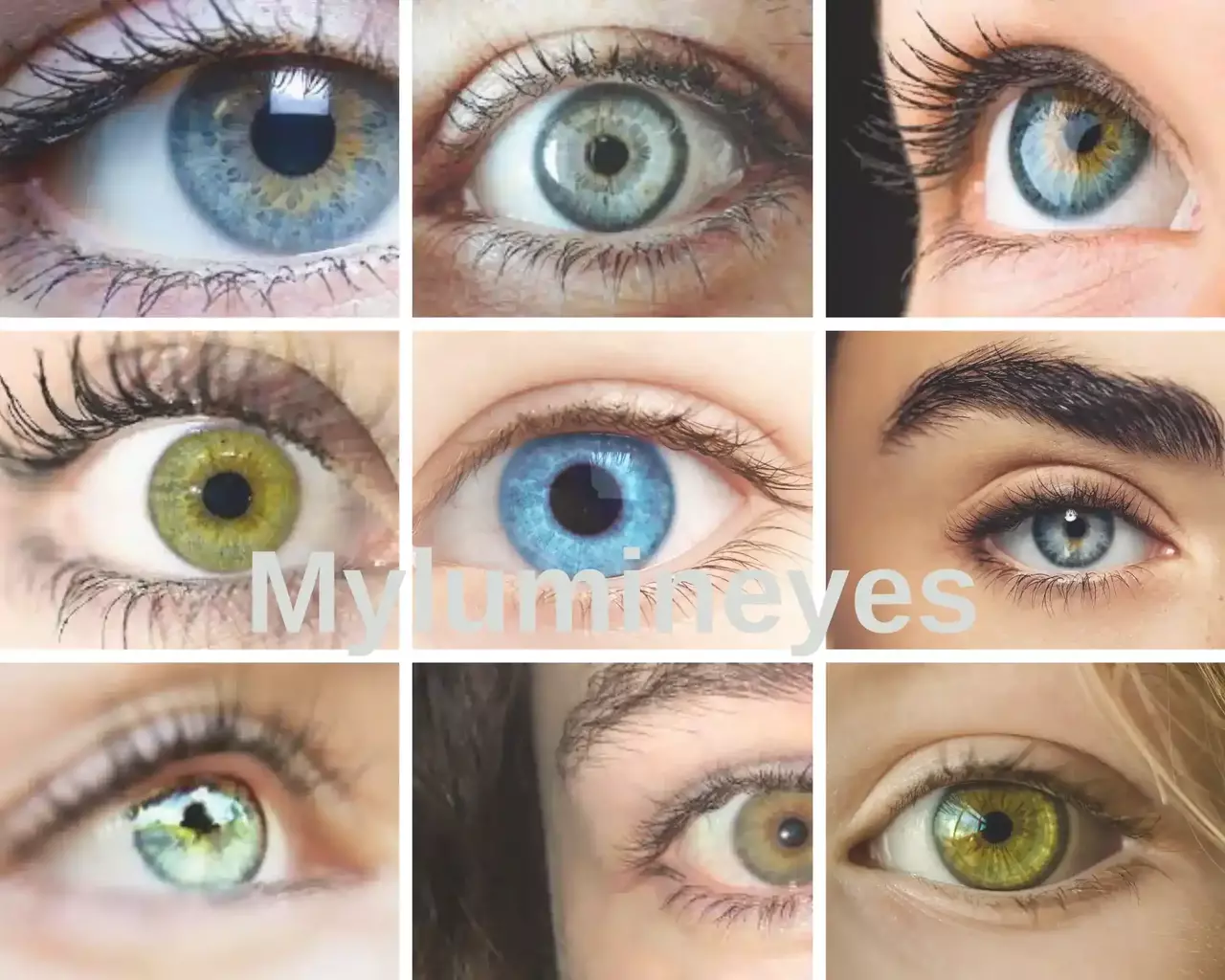Black eye color in people
Have you ever seen someone with eyes that seem black as night? Despite the fact that they seem black owing to an excess of melanin, they are really merely a very dark brown. While staring at the eye with a strong light, you may only be able to distinguish the pupil from the iris! Irises that appear black on some people are not real. Instead, those with black eyes have incredibly dark brown eyes that are almost visible through the pupil.
Actually, among infants, brown eyes are even the most common. Contrary to common perception, real black eye color do not exist. Some persons with a lot of melanin in their eyes could seem to have black eyes, depending on the lighting circumstances. Yet, this is not absolutely black colored eyes but a very dark brown.
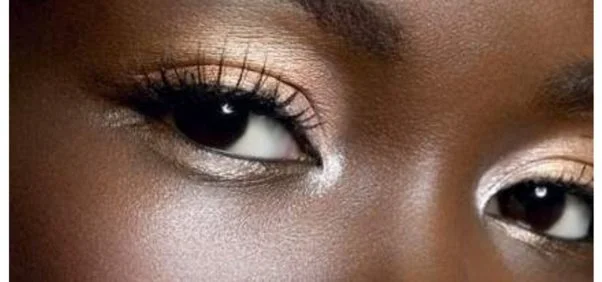
Dark brown eyes (black eye color) contain more melanin, the pigment that determines eye color.
The darker the color, the more melanin it contains. 60 to 76 percent of the global population has brown eyes! Individuals with dark brown eyes have more melanin on the rear layer of their iris, whereas those with very little (or no) melanin on the front layer of the iris appear more blue, green, or even hazel. The color of your eyes might be brown, blue, green, gray, hazel, or black (dark brown)
What is the color of your eyes? Your eye color not only affects your look; it also reveals information about the amount of melanin in your iris, your heritage, and maybe even your health. Melanin, which darkens your eye colors, is the real pigment that provides the eye color. Brown is the most frequent eye color because of the gene groups that lead your eye to have more melanin. Blue eyes have the least melanin, whereas brown eyes have the most. Those with brown eye color seem to be at a greater risk of acquiring cataracts.
What causes a black eye color and other colors?
- Black eye color-Black colored eyes
An excess of pigmentation - Red/Pink eye color
Albinism and blood pouring through into iris - Amber eye color
A little quantity of melanin and a lot of lipochrome - Green eyes
A little melanin, a lot of lipochrome, and Rayleigh scattering of light - Violet eyes
Absence of pigment combined with light reflected off of red blood vessels - Heterochromia disease
Higher or lower iris pigmentation
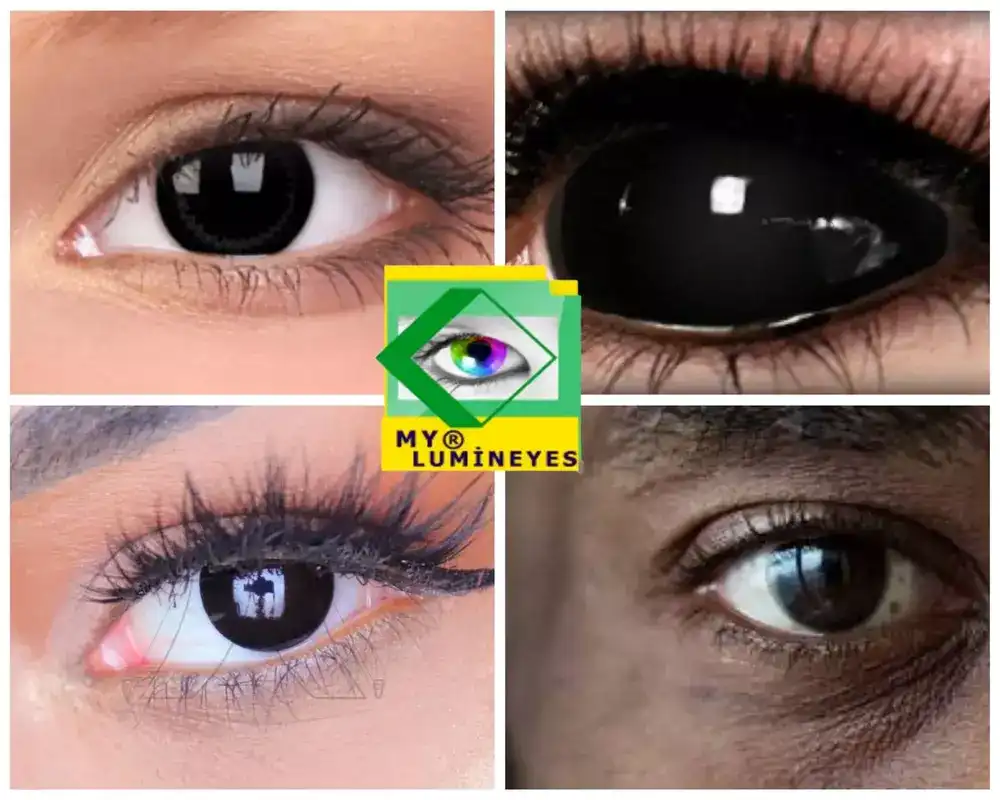
Contrary to popular belief, humans do not have violet or black eye coloration by nature.
Violet-colored eyes are usually blue, while black-colored eyes are really dark brown. The most frequent cause of a black eye is a blow to the region that causes damage, such as after an accident, an attack, contact during sports, or just walking into something.
In order to seem really black, objects that are black absorb more light. It converts the surplus light and energy it receives into heat energy. It might indicate that if our genes have somehow allowed us to develop actual black eyes, our eyes could require gobs of tears to prevent them from burning and drying up.
The rarest eye colors, how eye color percentages divide down throughout the population, and how various health issues might impact the color of your eyes. Black colored eyes are caused by bruising around the eye rather than within the eye. This bruise is caused by damaged blood vessels under the skin. The most frequent cause of a black eye is a blow to the eye, nose, or head, however surgical operations near the eye or nose may also result in a black eye.
Which eye color is rarest, if you could please?
Though it might appear like there is an easy way out, that isn’t always the case. It is up for personal opinion what makes an eye color unusual. Where you live, the word “rare” might mean different things.For example, one eye color may be very uncommon in one place and very common in another. Strangely enough, dark brown eyes-black eyes are more frequent in Southeast Asia, East Asia, and Africa. West Asia, Europe, and the Americas are where light brown eye color is most common.
Is black the Rarest Eye Color?
Brown is the most common eye color, ranging from dark chocolate to lighter chestnut. They may occasionally look black because they merge with the pupil of the eye; however, this is an illusion since black irises do not exist.
Through the time that we are around three years old, the color of our eyes continues to develop and change. On the other hand, the hue of human eyes cannot be considered truly black. Some individuals who have a significant amount of melanin in their eyes may give the impression of having black eyes depending on the lighting.
Some persons who have a lot of melanin in their eyes may appear to have black eyes depending on the lighting. This is a very dark brown, rather than a true black. Some argue that the world’s rarest eye color is red, violet, or gray, but others disagree. Green has not replaced these hues. White people rarely have black (dark brown) eyes. Like blue and green eye coloration is rare in those groups, they predominate among those with Hispanic, Asian, and African background.
Nobody has black eyes, however dark brown eye color is more dominating than blue eye color.
Contrary to common perception, real black eyes do not exist. Depending on the lighting, some persons with a lot of melanin in their eyes may seem to have black eyes. Yet, this is not true black, but rather an extremely dark brown.
Brown is the most frequent eye color. Blue is the world’s second most popular eye color
Green eyes are most frequent in Northern and Central Europe, although they may also be found in Southern and Western Europe. As previously said, brown hair and eyes are prevalent in most locations, yet there are certain nations where green or blue eye color is more frequent than brown. For example the amber eye color is very uncommon, maybe even more so than green eyes. People with golden eyes probably won’t meet many other people.
A lot of people have green eyes by nature, which is normal. Most hazel eyes have a beautiful mix of yellow and brown colors, with small amounts of gold, green, and brown in the middle. Additionally, there are numerous variations of hazel eyes. Hazel eyes and brown eyes contain an equal amount of melanin. Hazel eyes often contain specks or flecks of multiple colors. The colors are a combination of brown and green.
Gray is a rather uncommon eye color that is found in only a select few individuals.
Gray eyes are quite uncommon, with less than 1% of the population possessing them.
Yet, according to recent classifications, gray may be an even less prevalent color. Another uncommon eye color is grey. At first sight, grey eyes are commonly mistaken for blue eyes, however unlike blue eyes, grey eyes typically feature gold and brown patches in the iris. Especially after “Lumineyes laser eye color change surgery” which we get gray eye colors are the rarest eye color all over the world.
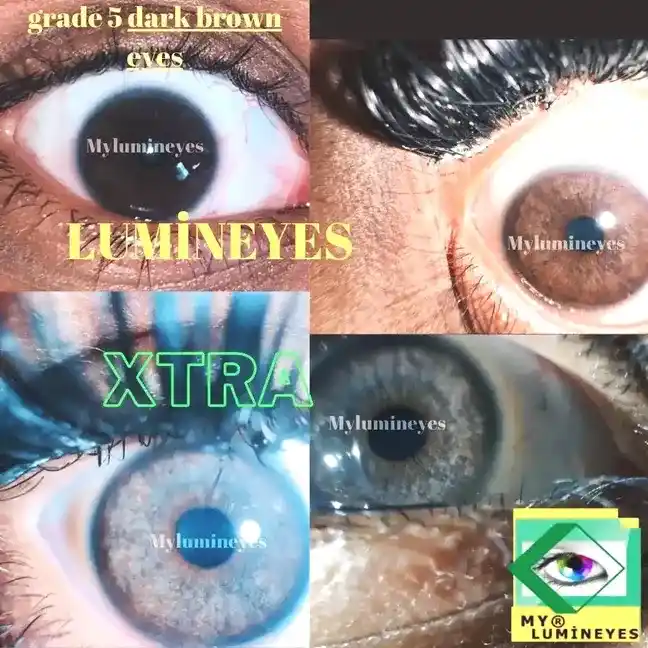
Eye Color Change
When you are born, your iris lacks melanin, which causes it to look blue. Yet, as you grow, melanin begins to build in your iris, resulting in brown or hazel eyes. Even as an adult, changing the color of your eyes might take years.
Gray and brown eyes account for fewer than 1% of the total population. The interaction of light brown pigment in the iris with blue light in the eye results in green, speckled, or hazel eyes. If you don’t have much or any melanin, your eyes will look blue, green, or gray. The color changes, on the other hand, come from different types, amounts, and locations of pigment. This is why there are so many shades of brown, including dark brown, light brown, and hazel.
Can black eye color change to blue or gray with eye color change surgery?
It is very difficult to obtain color with laser eye color change in very dark brown or black eyes; only Mylumineyes Xtra can give successful results in this regard, but this is not valid for everyone. The Lumineyes Xtra technique has been developed because there is a possibility of side effects even with the standard laser Lumineyes for changing the eye color in people with black eyes. Just imagine what could happen with other methods that aren’t even Lumineyes! As the number of treatments increases, so do the duration and number of treatments. As we told before these black colored eyes are grade 5 dark brown eyes.
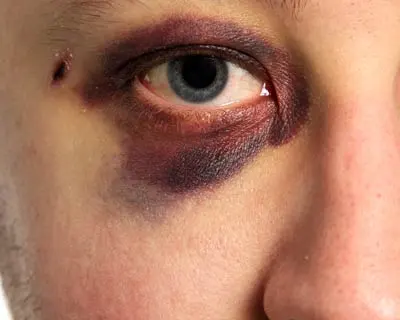
How can I rid myself of a black eye color?
Most black eyes recover on their own within one to two weeks. When mending, the black eye will change color, ranging from purple to blue to green to yellow. There are, however, a few things you may do to aid the healing process and alleviate discomfort.
- Apply a cold compress to the affected area. For the first 24 hours, a cool washcloth, bag of peas, or iced spoon might help relieve pain and reduce swelling.
- Using pain relievers such as acetaminophen or ibuprofen may help.
- Apply a warm compress to the affected area.
- After using cold packs for the first day or two, put a warm compress over the eye to get blood flowing again.
- For a few days after the accident, gently rub the area around the scar.
- Make the right makeup
- People are put into groups based on the color of their eyes and skin.

